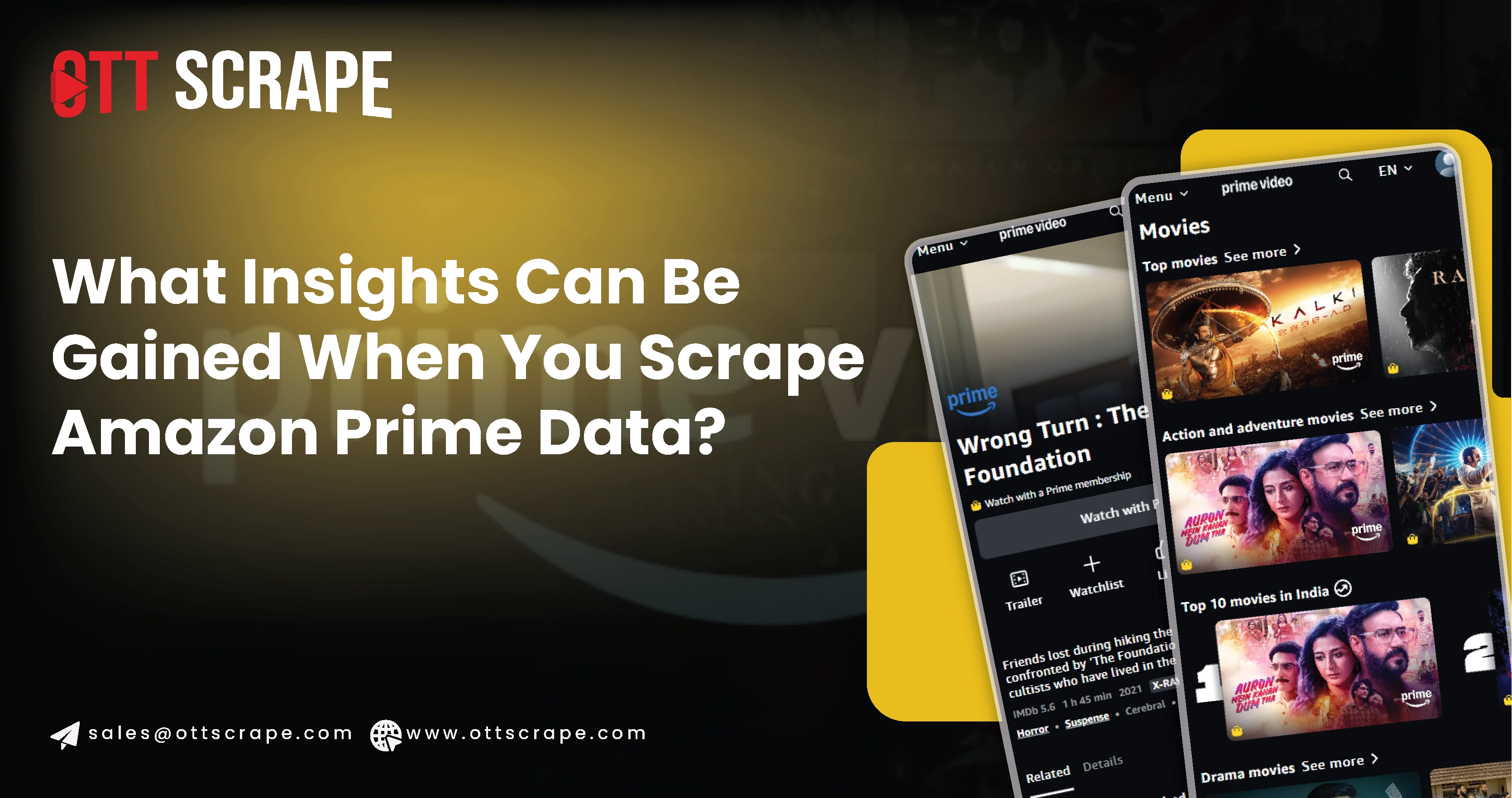
Data is crucial for decision-making across all industries in today's digital age. One precious data source is Amazon Prime, a subscription-based platform offering a vast collection of streaming content, including movies, TV shows, and exclusive series. Scrape Amazon Prime data to gather insights into market trends, helping businesses, researchers, and developers understand viewer preferences, content performance, and emerging patterns in the entertainment industry. Using Amazon Prime movie data scraping, companies can access critical data points such as user ratings, reviews, genres, and release dates. This data offers insights that drive competitive analysis, content development, and marketing strategies. Additionally, scraping Amazon Prime can reveal trends across regions, uncover popular genres, and track the success of newly released content. This article will explore the methodology behind Amazon Prime movie data collection, the benefits it provides, the challenges it poses, and how businesses can leverage the insights for strategic decision- making.
Why Scrape Amazon Prime Data?
Amazon Prime Video, a subsidiary of Amazon's Prime membership, has millions of active users globally, making it a treasure trove of data. The platform offers extensive metadata, including show details, genres, release dates, ratings, reviews, etc. Scraping Amazon Prime data presents several advantages:
1. Understanding Viewer Preferences: By analyzing the Amazon Prime Series dataset, businesses can determine which genres, shows, or actors are growing in popularity.
2. Content Performance Metrics: Scraping Amazon Prime Movie Ddtasets, including ratings, reviews, and audience demographics, helps content creators evaluate the performance of their shows and films.
3. Emerging Trends: Monitoring new releases, exclusive content, and subscription patterns through Amazon Prime data collection helps identify trends in consumer behavior, such as growing interest in specific genres or formats.
4. Competitive Intelligence: Extracting data through Amazon Prime Series data scraping enables businesses to gain insights into competitor strategies, new content offerings, and user engagement trends across the platform.
Key Data Points to Scrape from Amazon Prime
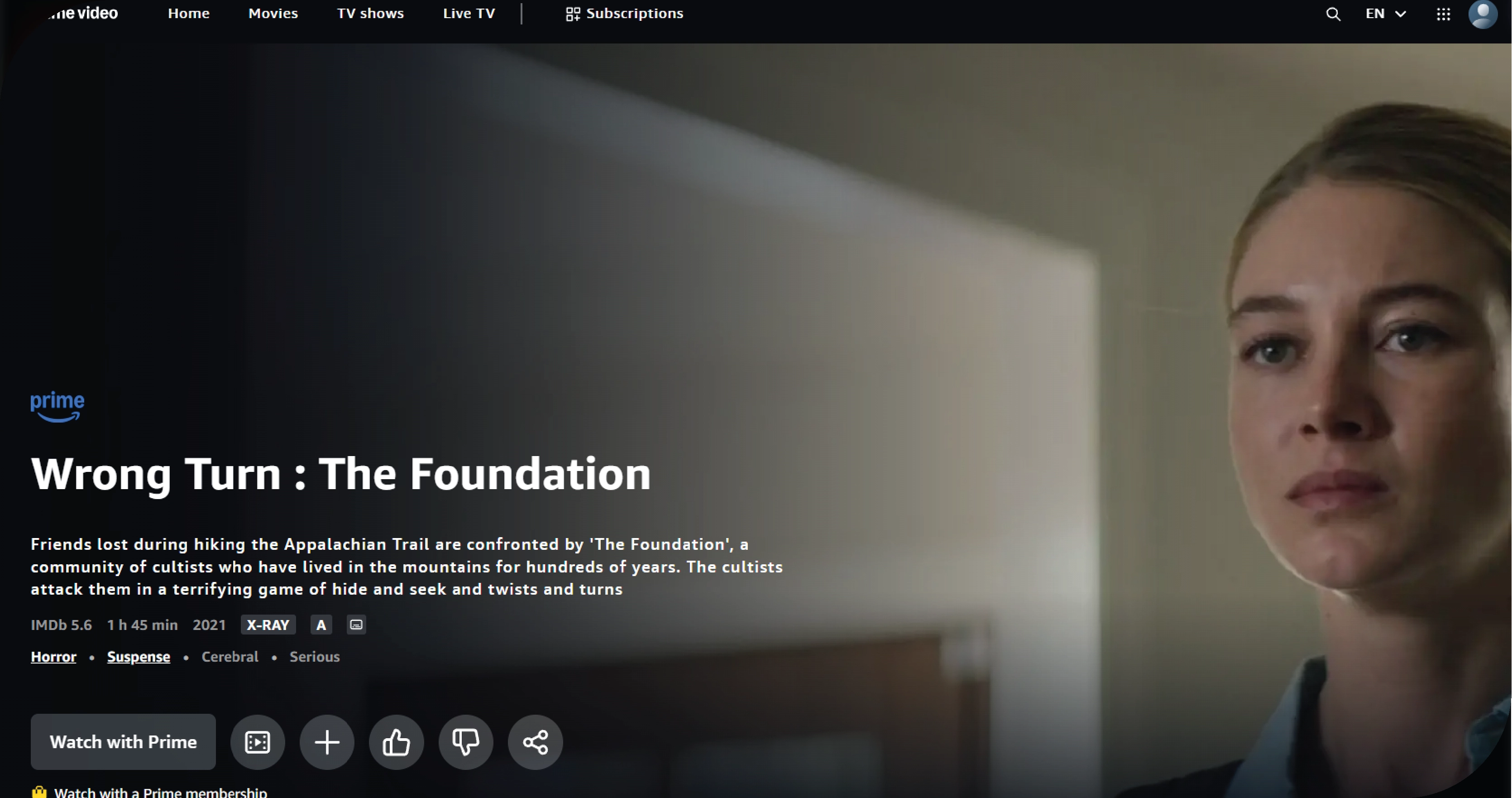
When scraping Amazon Prime data, several critical data points can offer insights into market trends. These include:
1. Title Information: The names of movies, TV shows, and exclusive series.
2. Genres: Categories such as drama, comedy, thriller, and more.
3. Release Dates: provide information on when content is released, which helps analyze new and older content's popularity.
4. Ratings and Reviews: Viewer feedback, including star ratings and written reviews, can indicate how well the content is received.
5. Cast and Crew Information: Actors, directors, producers, and other crew members involved in the content.
6. Languages: The languages in which the content is available can offer insights into the audience's geographic preferences.
7. Subscription and Pricing: The cost of subscription tiers and how these may affect the accessibility of content.
8. Content Availability: refers to whether the content is accessible to Prime members, requires additional purchase, or is part of premium content offerings.
9. Regional Availability: These shows or movies are available in different countries and regions.
How to Scrape Amazon Prime Data?
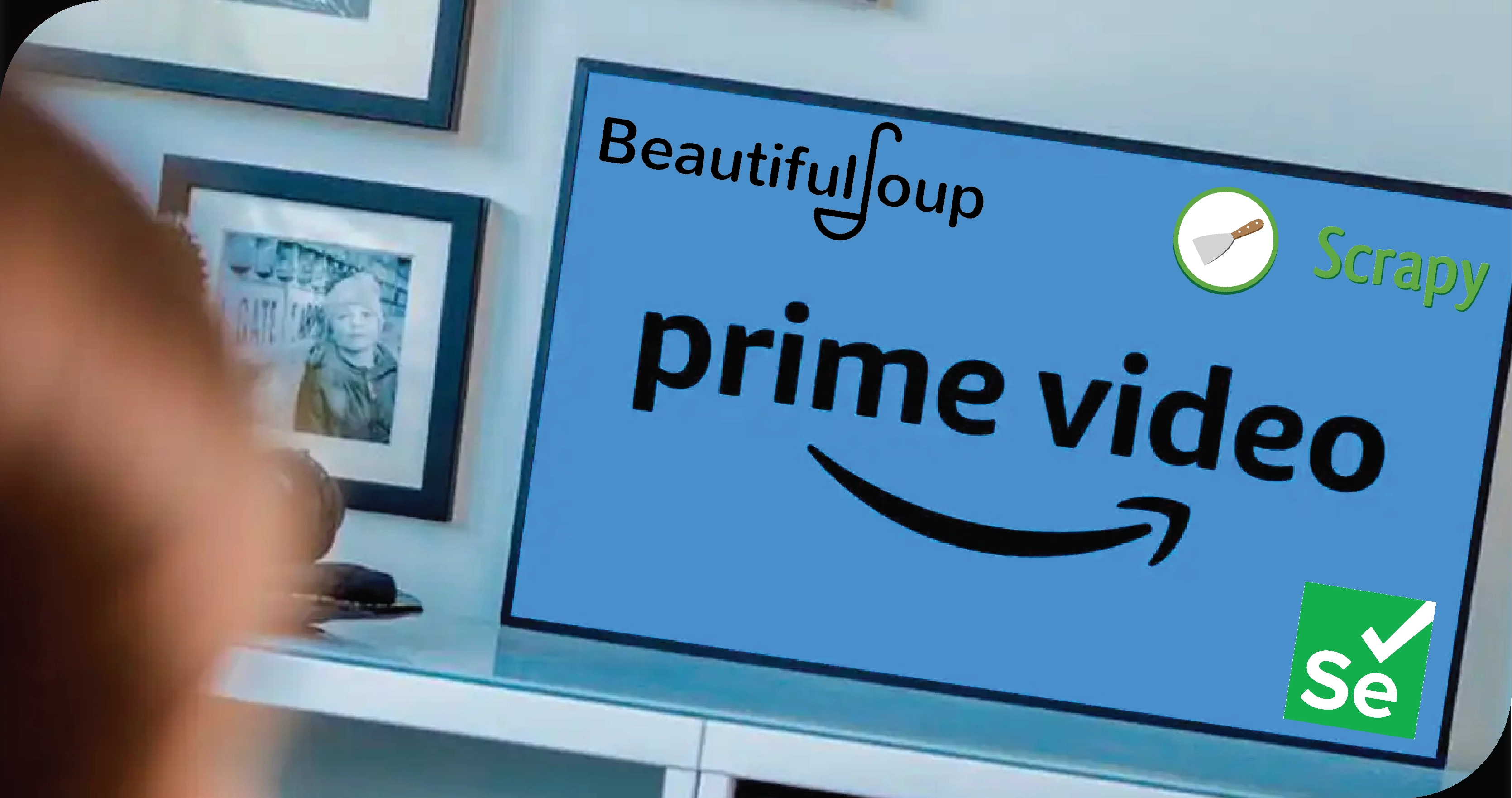
Scraping Amazon Prime data requires careful planning, appropriate tools, and adherence to legal and ethical standards. Here's how to perform Amazon Prime data extraction effectively:
Identify Your Objectives: Before starting, defining your goals is crucial. Are you aiming to understand audience trends, analyze content performance, or track pricing models? This guide will help you extract Amazon Prime Data with several data points.
Choose the Right Tools: Several web scraping tools and frameworks can help you efficiently gather Amazon Prime streaming data. These include:
- BeautifulSoup: A Python library for parsing HTML and XML documents.
- Scrapy: An open-source Python-based framework for web scraping.
- Selenium: A tool for automating web browsers that helps scrape data from dynamic websites.
These tools can scrape data like content titles, ratings, and reviews.
Set Up Scraping Parameters: Define your scraping criteria to target specific data:
- Pages to Scrape: Identify pages like genre sections or specific show details.
- Frequency: Decide how often you'll collect the data—daily, weekly, or monthly.
- Data Fields: Determine the fields you need, such as movie titles, reviews, and rating counts.
Handle Anti-Scraping Measures: Amazon Prime has various anti-scraping mechanisms. To manage these:
- Rotating Proxies: Use rotating proxies to avoid IP bans while performing Amazon Prime API data scraping.
- User-Agent Rotation: Modify your user-agent to mimic different browsers and devices.
- Respect Robots.txt: Always check the robots.txt file to understand which sections are off-limits.
Store and Analyze the Data: After performing Amazon Prime Series data collection, store the data in a structured format like CSV or database. You can then analyze the extracted data to gain insights into market trends and performance.
Legal and Ethical Considerations
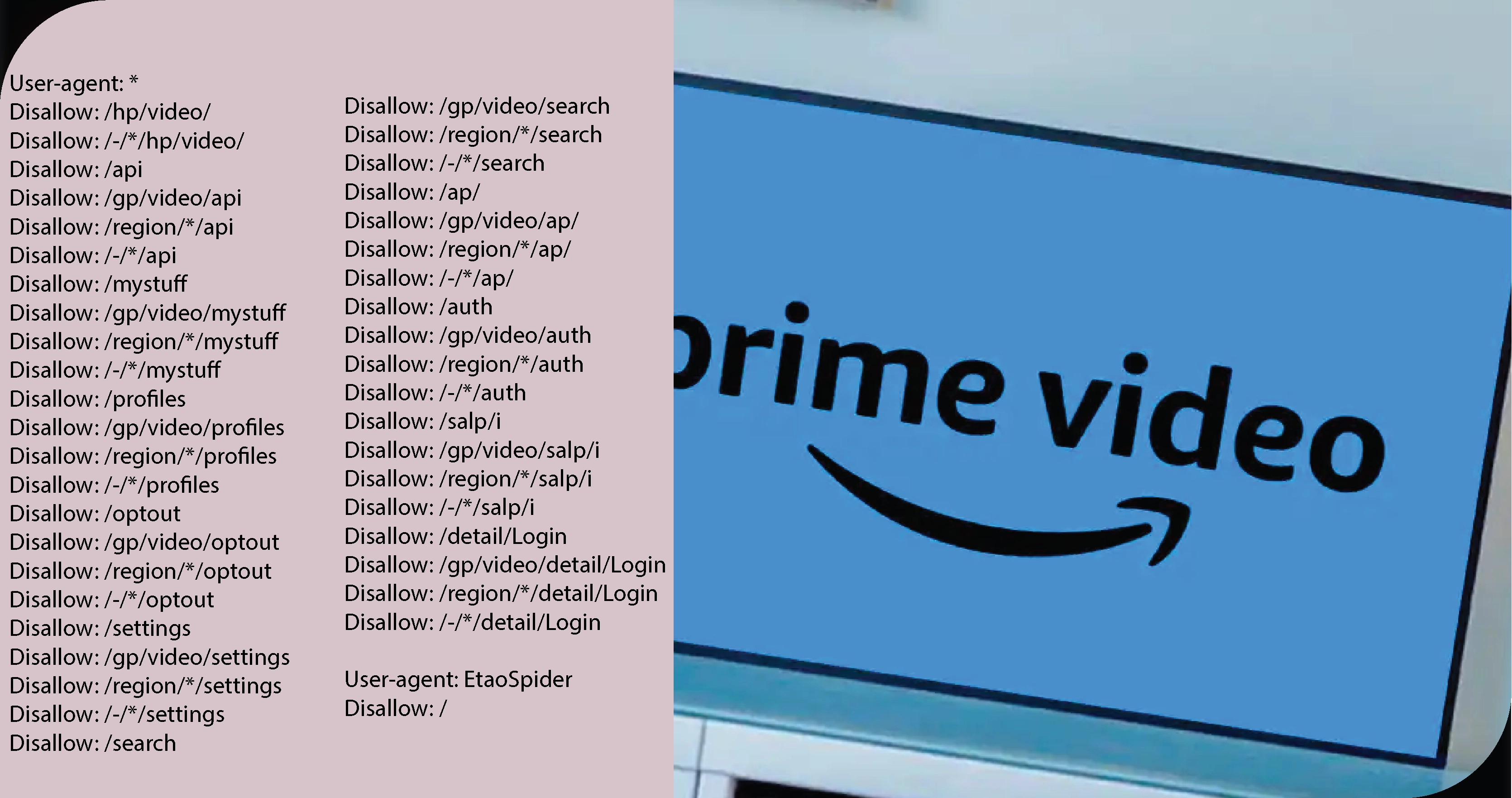
Web scraping is a powerful tool but comes with legal and ethical responsibilities. Amazon's terms of service may prohibit scraping specific data, and violating these terms can lead to legal action. To scrape responsibly, follow these guidelines:
- Respect Robots.txt: Always adhere to the robots.txt file to avoid scraping prohibited site areas.
- Avoid Overloading Servers: Limit the frequency of your scraping requests to avoid overwhelming Amazon's servers, which could cause service disruptions.
- Use Data Responsibly: Avoid scraping personal user data and ensure that any scraped data is used ethically and within the bounds of local and international laws.
Challenges in Scraping Amazon Prime Data
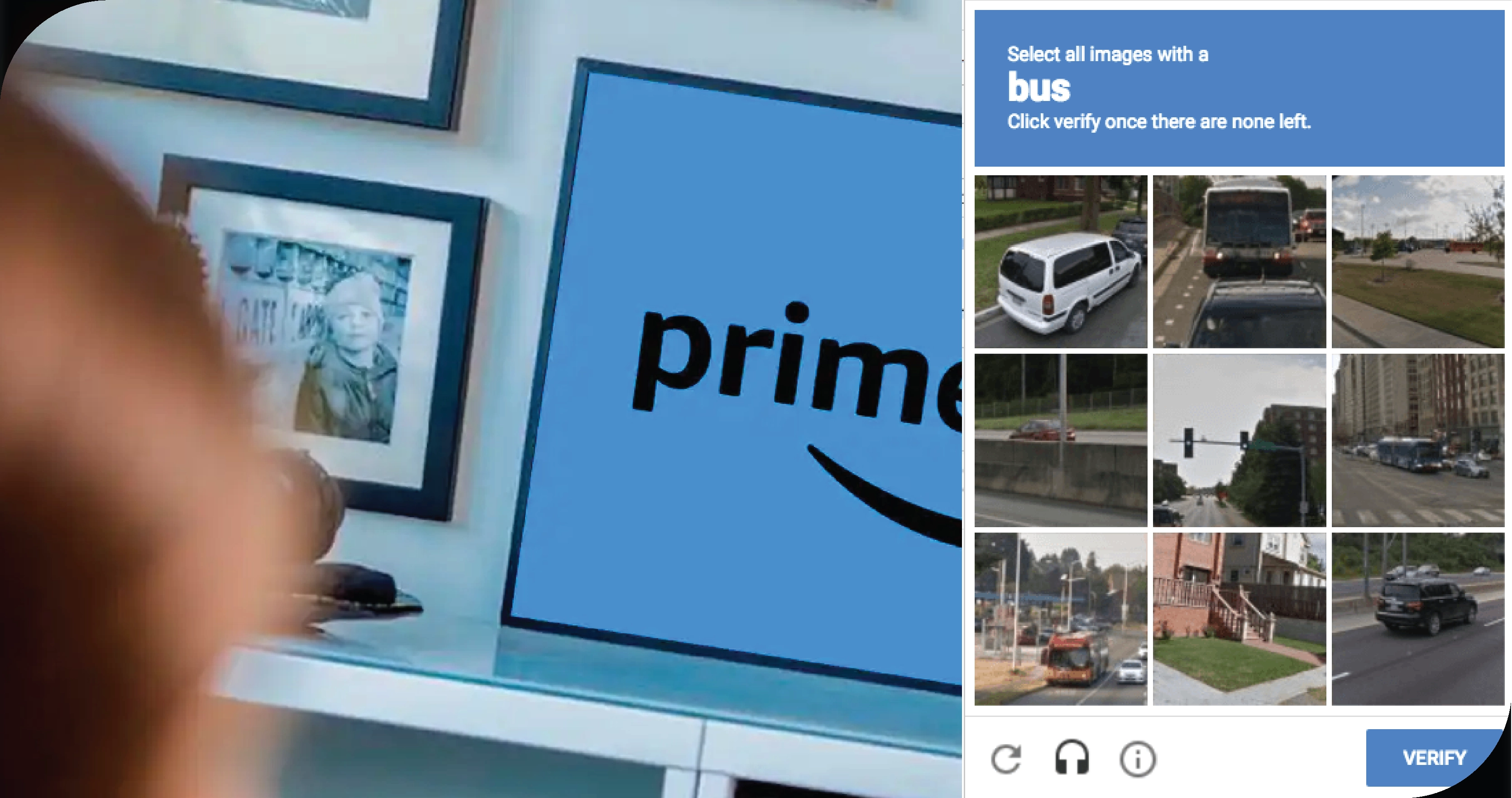
While scraping Amazon Prime data offers valuable insights, several challenges may arise during the process:
1. Dynamic Content: Amazon Prime frequently updates its content, and much of the website's data is dynamically generated using JavaScript. Scraping such data requires tools like Selenium to render the JavaScript before extraction.
2. CAPTCHAs and Bot Detection: Amazon employs CAPTCHAs and bot detection mechanisms that can block or slow down scraping efforts. To bypass these challenges, rotating proxies and CAPTCHA-solving services may be necessary.
3. Frequent Website Updates: Amazon often changes its website structure, which can break scraping scripts. Regular maintenance of your scraping code is essential to ensure consistent data extraction.
4. Legal Restrictions: As mentioned earlier, Amazon's terms of service may explicitly prohibit web scraping, and ignoring these terms can result in legal issues.
Applications of Scraped Amazon Prime Data
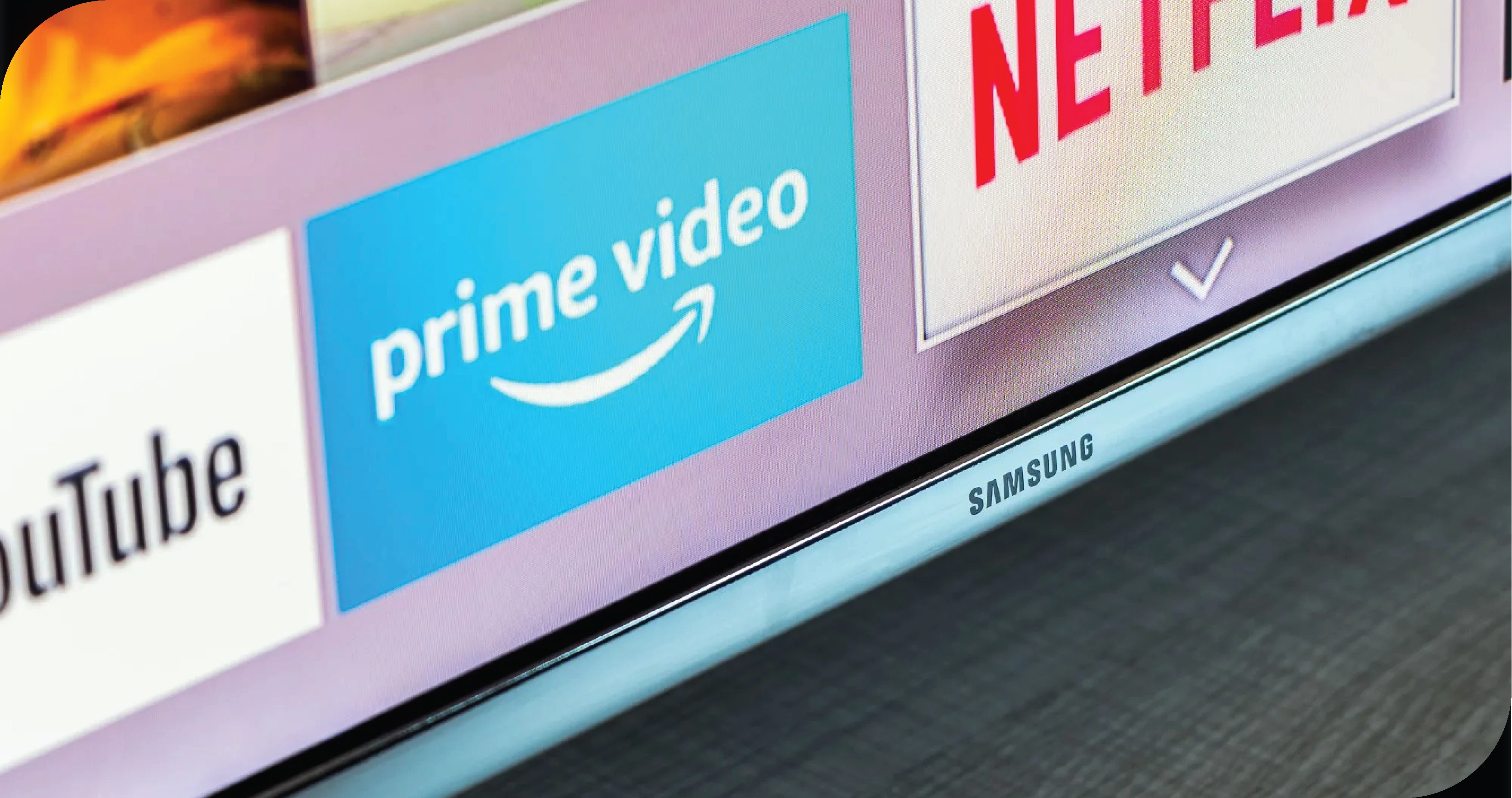
The insights gained from Amazon Prime data scraping services have a wide range of applications in both the entertainment and business sectors:
1. Content Development: By analyzing viewer preferences and ratings, content creators can develop new movies and TV shows that cater to current trends. Data on popular genres, actors, and formats can guide creative decisions, increasing the chances of success with Amazon Prime movie data scraper tools.
2. Marketing and Promotion: Marketers can use Amazon Prime data to target specific audiences with personalized promotions. For instance, if certain genres are trending, businesses can focus their marketing efforts on related content or products.
3. Competitor Analysis: Other streaming services, like Netflix and Disney+, can use scraped data to analyze Amazon Prime's content strategy and adjust their offerings accordingly. By monitoring Amazon Prime's exclusive releases and audience engagement, competitors can better position themselves in the market.
4. Market Research: Researchers can use Amazon Prime data to understand global viewership patterns, regional content preferences, and the impact of cultural factors on entertainment consumption. This data is invaluable for making informed decisions in media production and distribution.
5. Subscription and Revenue Models: Analyzing subscription data, such as pricing tiers and the availability of free content, can help businesses refine their revenue models. Scraping data on subscription costs and offers during promotional periods can provide insights into consumer price sensitivity and willingness to pay.
6. Predicting Future Trends: With the rise of machine learning and artificial intelligence, scraped data can be used to develop predictive models that forecast future content trends. By analyzing historical data, businesses can anticipate changes in viewer preferences and capitalize on upcoming trends.
By analyzing historical data, businesses can anticipate changes in viewer preferences and capitalize on upcoming trends.
The Future of Web Scraping in Media and Entertainment
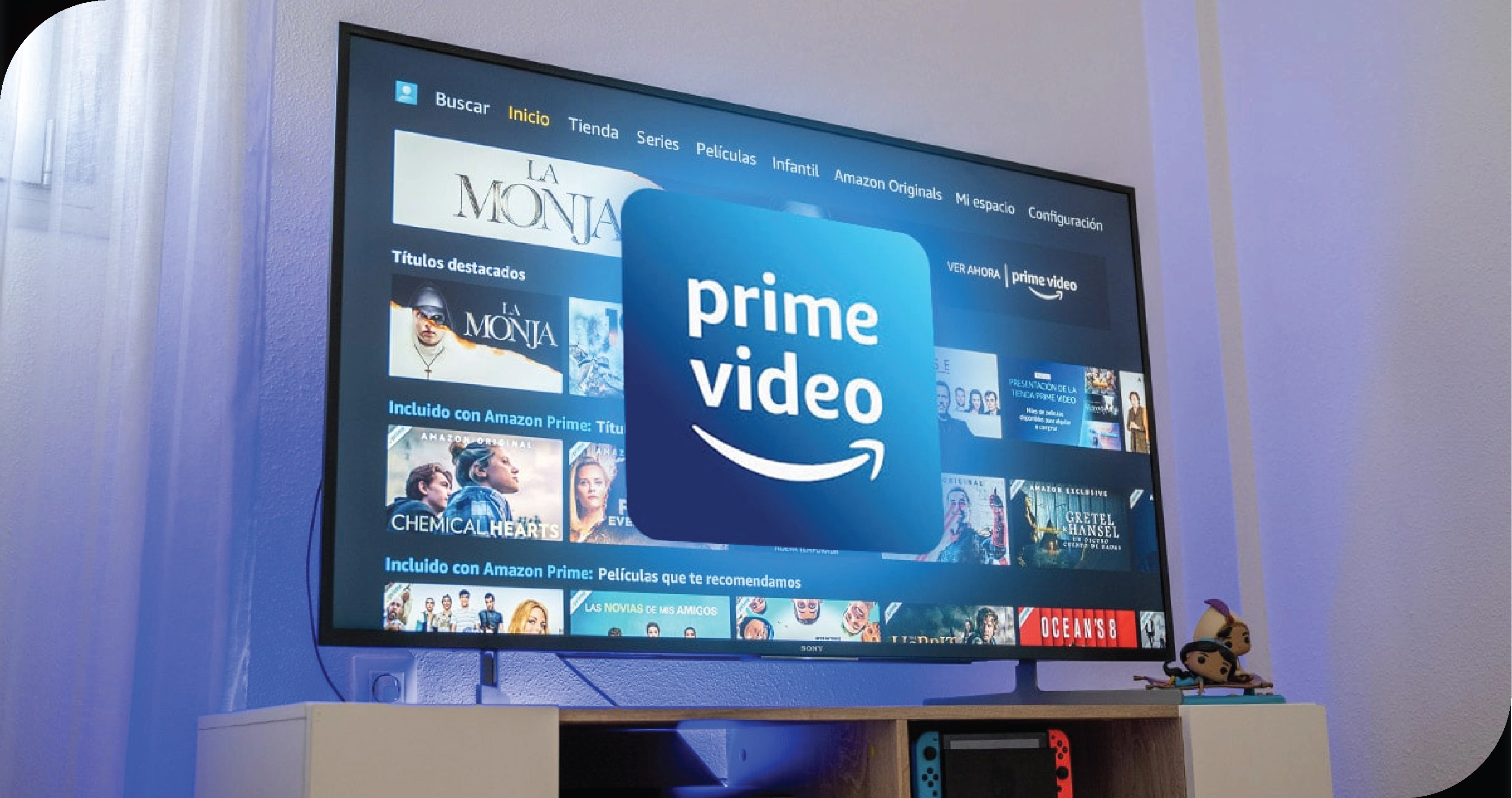
As the media and entertainment industries evolve, web scraping will become an increasingly valuable tool for gaining insights into audience behavior and content performance. The rise of personalized content recommendations, dynamic pricing models, and real-time audience engagement metrics will drive the demand for sophisticated scraping techniques.
However, the future of web scraping in this domain will also depend on regulatory developments and how companies like Amazon choose to handle data privacy and scraping activities. Striking a balance between accessing valuable data and respecting user privacy will be crucial for the continued success of web scraping efforts.
Conclusion
Scraping Amazon Prime data for market trends is a powerful way to gain insights into consumer behavior, content performance, and emerging trends in the entertainment industry. By leveraging the right tools, strategies, and ethical practices, businesses and researchers can use this data to drive innovation, improve decision-making, and stay ahead of the competition.
While challenges such as dynamic content, anti-scraping measures, and legal restrictions exist, the potential benefits far outweigh the obstacles. From content development to market research, the applications of scraped Amazon Prime data are vast and varied, making it an indispensable tool in the digital age.
Embrace the potential of OTT Scrape to unlock these insights and stay ahead in the competitive world of streaming!
